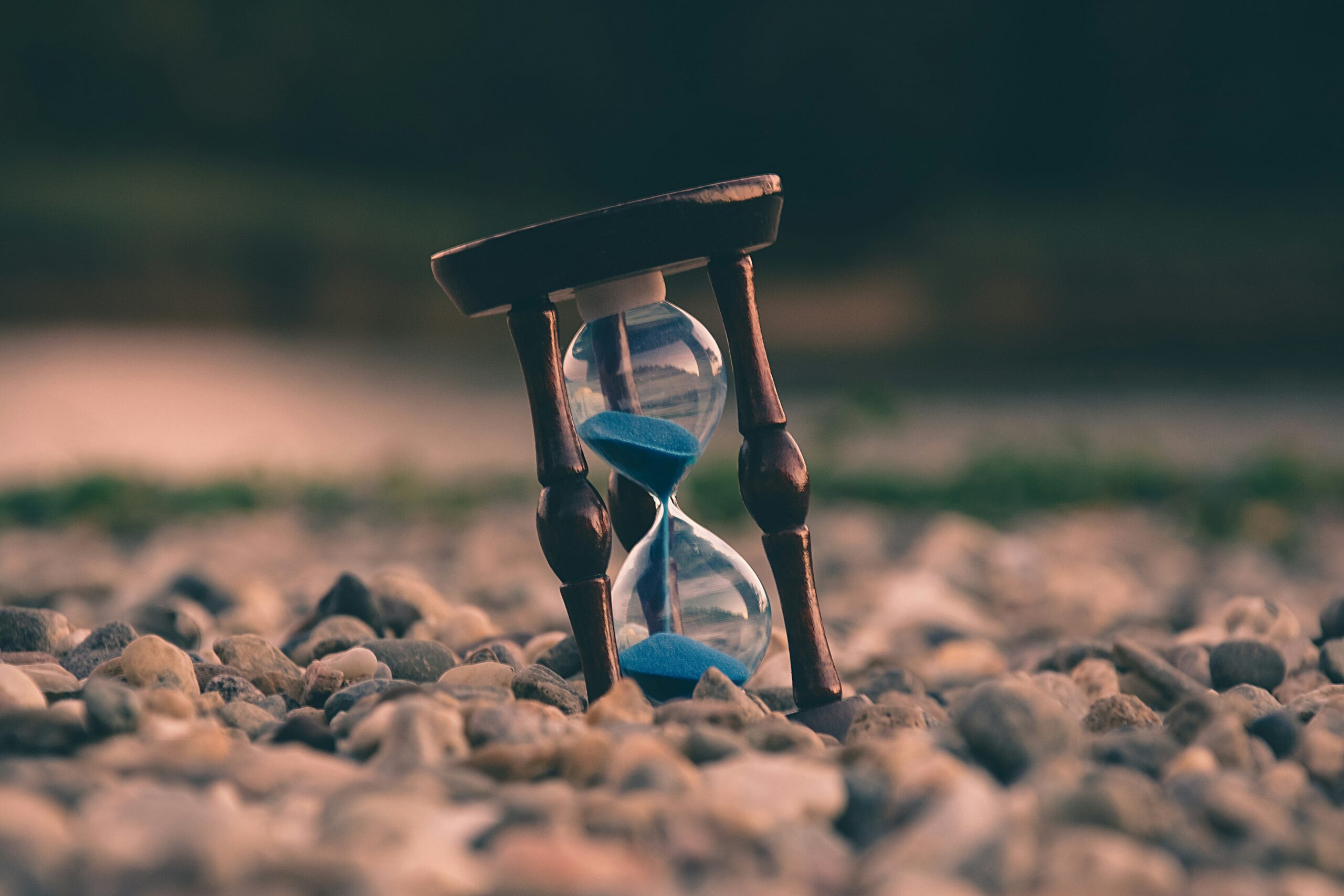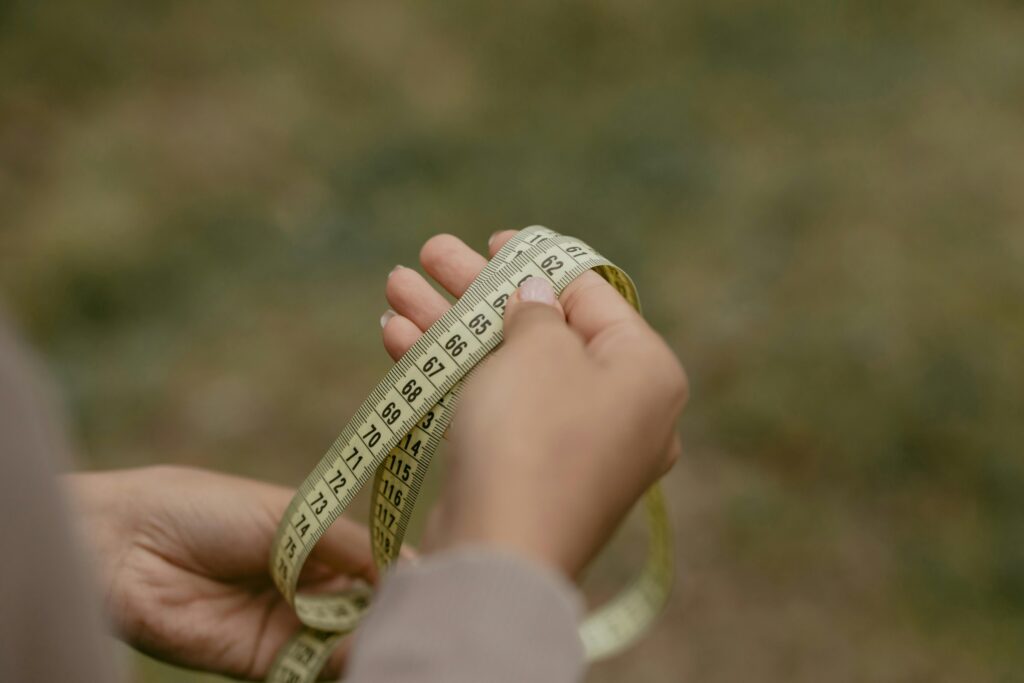Ever stared at your to-do list at 4 PM, only to realize you’ve spent half the day doomscrolling and reorganizing your desk for the third time? Yeah, us too. It turns out 60% of people admit they waste over two hours daily because of poor planning (cue internal scream). But what if there was a way to turn that chaos into calm—with just one app?
In this post, we’ll explore why day organizer tools are game-changers for productivity and well-being. You’ll learn how these apps work, which ones stand out in the crowded market, and actionable tips to maximize their potential.
Table of Contents
- The Daily Chaos Problem
- How to Use a Day Organizer Tool Effectively
- Tips & Best Practices for Maximum Productivity
- Real-Life Success Stories
- Frequently Asked Questions
Key Takeaways
- Day organizer tools help streamline tasks and boost mental clarity.
- Picking the right tool depends on your specific lifestyle and goals.
- Simple mistakes (like ignoring recurring tasks) can render even the best tools useless.
The Daily Chaos Problem: Why Your Planner Sucks
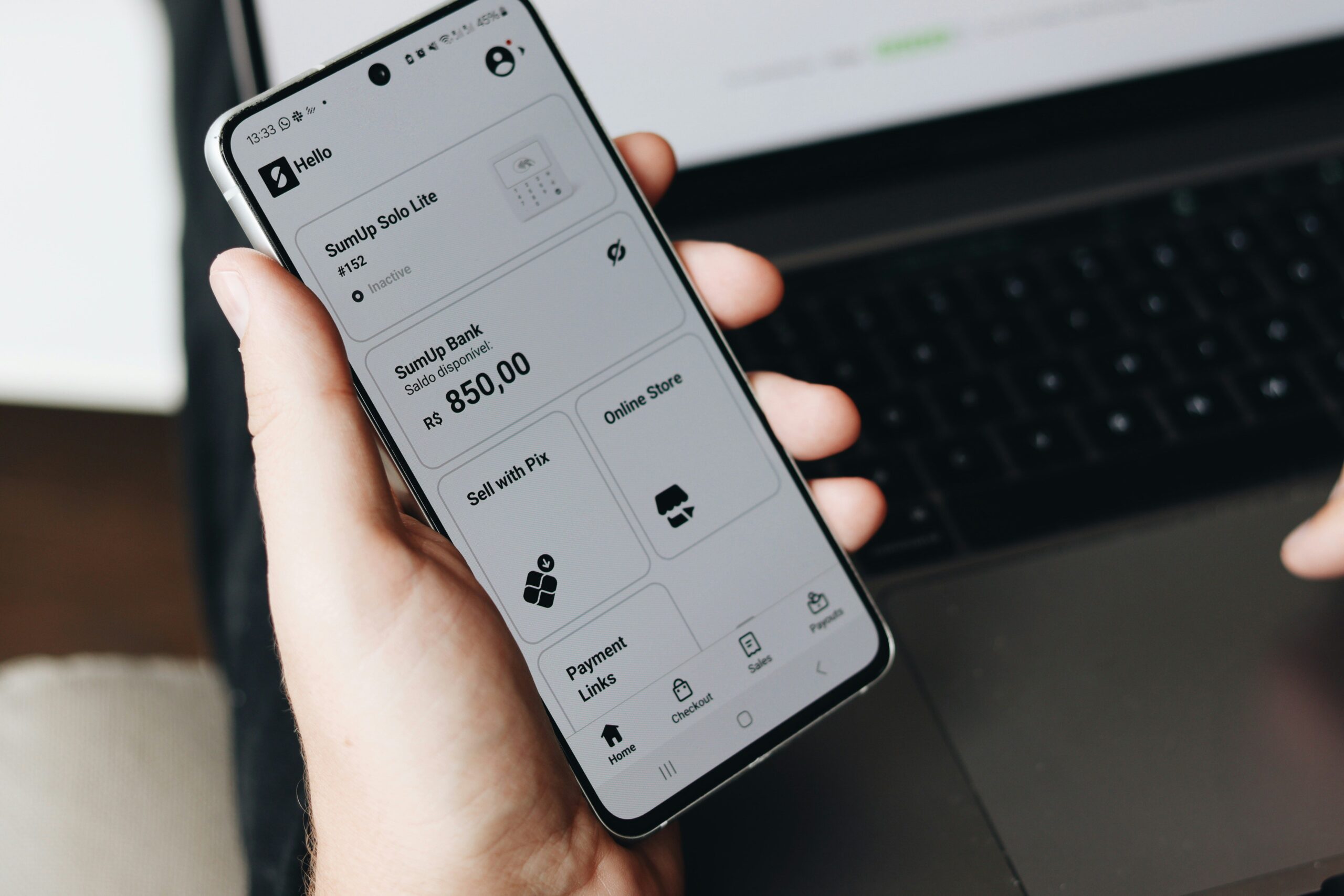
“Optimist You:” “I’ll just jot things down as they come!”
“Grumpy You:” “Yeah, sure—because random notes scribbled on Post-Its always work.”
Let’s be honest: paper planners don’t sync across devices, sticky notes fall off walls, and spreadsheets aren’t built for humans. I once missed a dentist appointment because my reminder got buried under 17 other reminders about grocery shopping. Sound familiar? That’s where digital day organizer tools step in.
How to Use a Day Organizer Tool Effectively
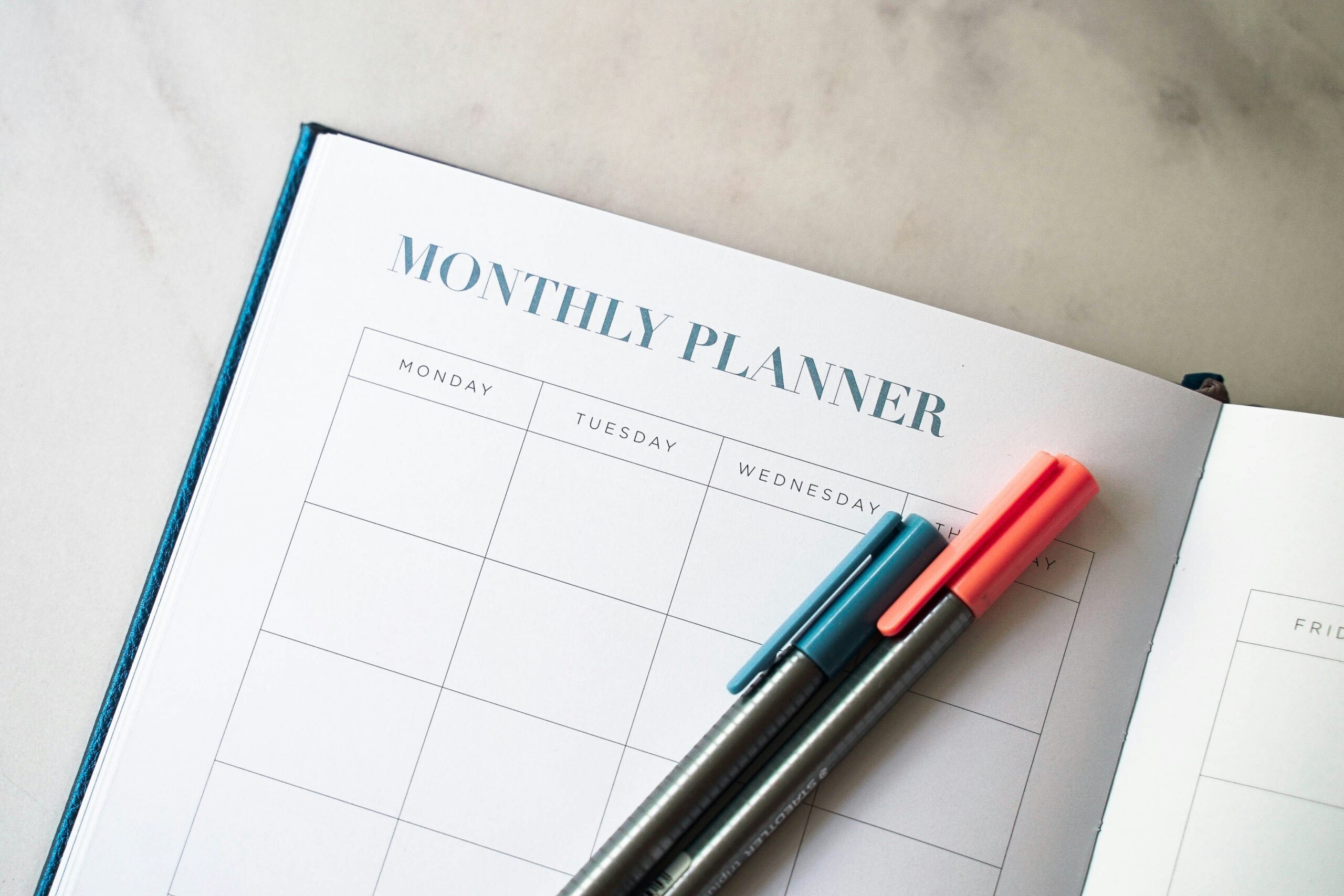
Step 1: Start Small – Don’t Overdo It
Don’t load every feature from Day One. Pick three core functions: scheduling, reminders, and maybe habit tracking. For example:
“Terrible Tip Alert: Loading all features upfront will overwhelm you faster than trying to learn TikTok dances.”
Step 2: Customize Notifications So They Actually Help
Sounds simple, but drowning in buzzes isn’t productive. Set timed notifications strategically—like 15 minutes before meetings or bedtime wind-down alerts.
Step 3: Sync Across All Devices
If it doesn’t sync, it won’t stick. Make sure your chosen tool works seamlessly with your phone, tablet, and computer.
Tips & Best Practices for Maximum Productivity
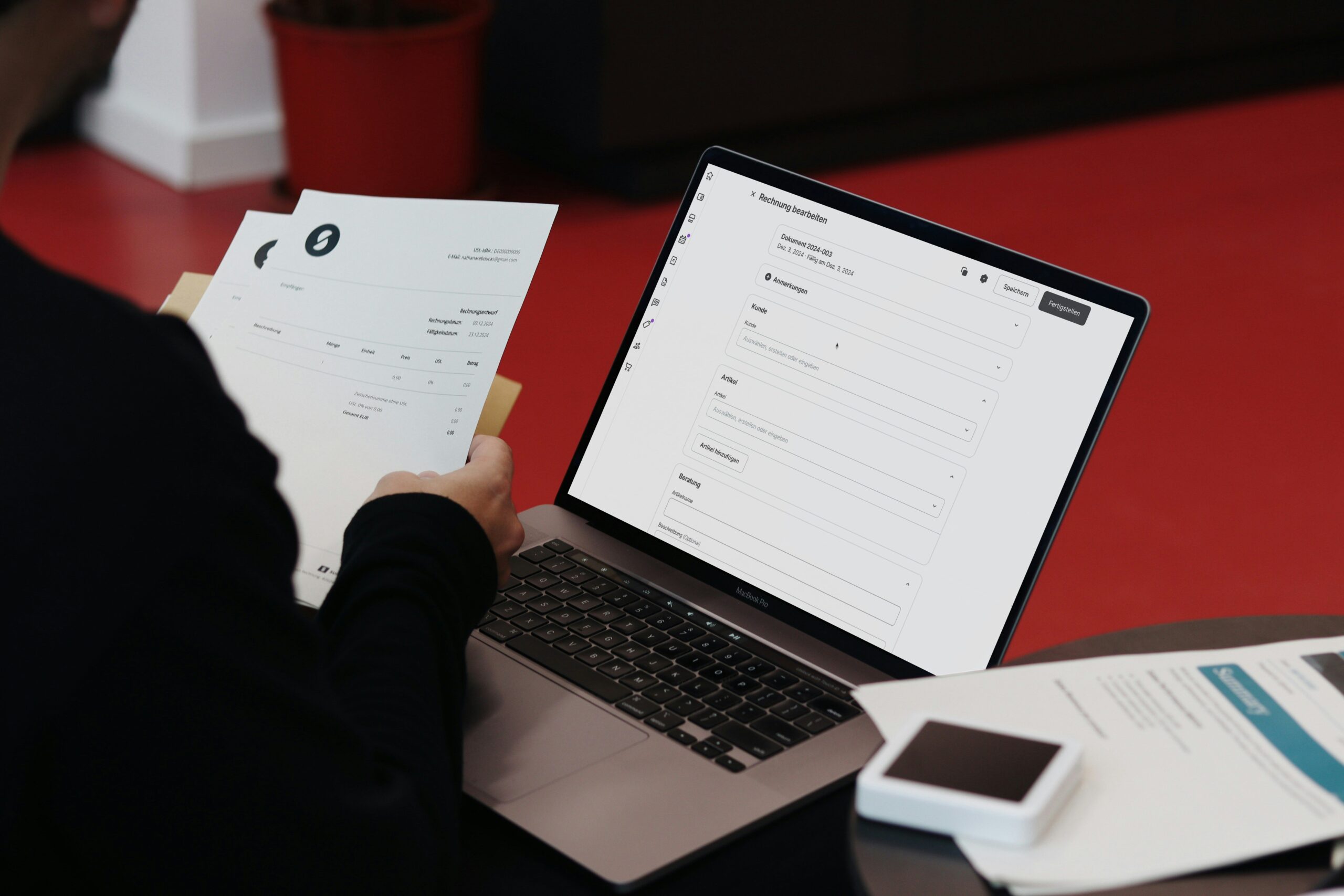
- Color Code Your Tasks: Visual cues help prioritize urgent versus non-urgent items.
- Break Large Goals Into Micro-Tasks: Finishing smaller chunks gives dopamine hits (science).
- Create Routines Within the App: Recurring tasks keep you consistent without extra effort.
Real-Life Success Stories
Meet Sarah: A busy mom who reduced her weekly stress by 40% using a top-rated day organizer tool. She started color-coding school events, workouts, and family dinners—and now never misses a kid’s soccer practice again.
And then there’s Tom, a freelance designer. By blocking his calendar into “deep focus” sessions, he boosted client deliverables by 60% within two months!
Frequently Asked Questions
What Makes a Good Day Organizer Tool?
Look for simplicity, customization options, and cross-device compatibility.
Can These Tools Replace My Paper Planner?
Nope—they’re complementary! Use them together for ultimate flexibility.
Which Apps Are Worth Trying?
Popular picks include Todoist, Notion, and Google Keep.
Conclusion
Recapping everything, the right day organizer tool can transform chaos into clarity. With proper setup and some discipline, you’ll save hours daily while improving mental health.
Remember—it’s not about perfection; it’s about progress. Now go download that app already!
*PSA Haiku:*
Chaos whispers loud,
Until a tool brings calmness.
Organize thy days.*
